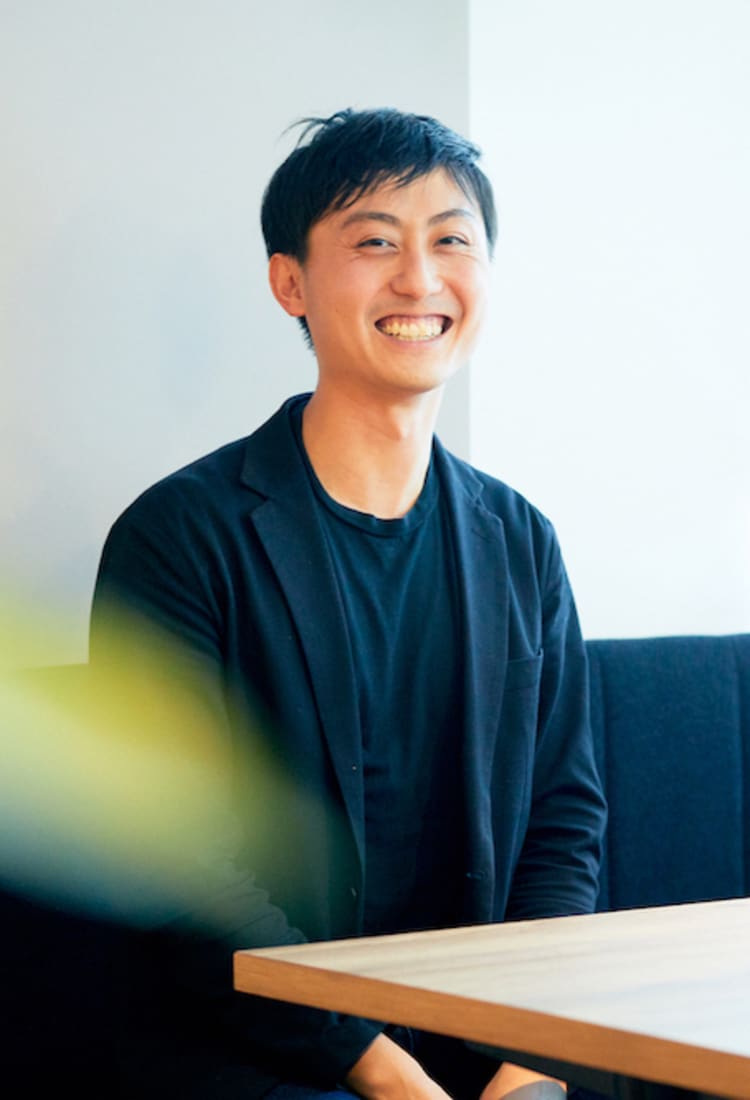
Experience the real Japan in Miyagi – says a Singaporean who traveled all 47 prefectures.
Experience the real Japan in Miyagi – says a Singaporean who traveled all 47 prefectures.
Now back on its feet, this under-visited coastal area’s combination of scenic beauty, enduring traditions and warm locals is perfect for travelers looking to get off the beaten path.
Mr. Dennis Chia, from Singapore, first visited Ishinomaki in 2011 to take part in post-earthquake volunteer work. It was an experience that led him to create a company called Boundless to work on regional revitalization in communities around Japan, including the Ishinomaki and Onagawa area.
Mr. Chia took the time to talk to us about how Ishinomaki and Onagawa have rebuilt from 2011 and why they should be on the radar of anyone looking to get away from the crowds and experience the real Japan.
In places like Ishinomaki and Onagawa you experience the real Japan.
—Can you tell us about your first experience in Ishinomaki and Onagawa?
Mr. Chia: My first contact with Ishinomaki was seven weeks after the tsunami, and the condition was terrible. The roads had been cleared by the Self-Defense Forces, but there were still mountains of debris around and there were no places to stay, except tents, so we went there on a night bus, did one day of volunteer work and then came back on a night bus.
When you visit now, Ishinomaki has been rebuilt, although you still see some construction, while Onagawa is like an entirely new town with a bit of a European feel to it.
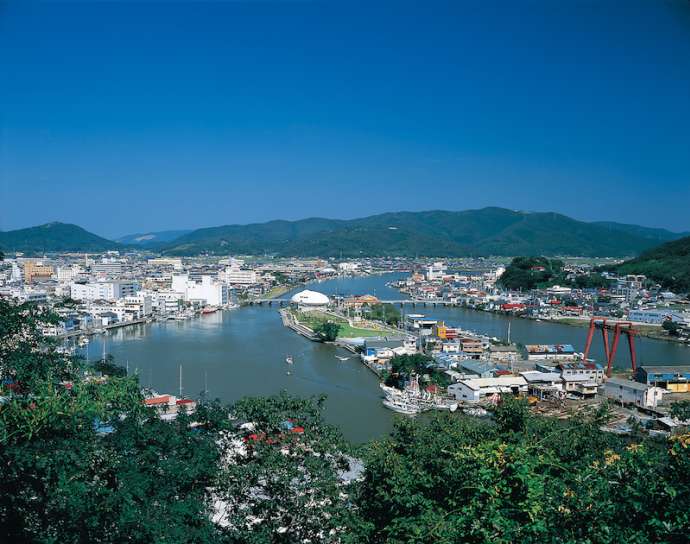
Ishinomaki City (©Miyagi Prefecture Tourism Department)
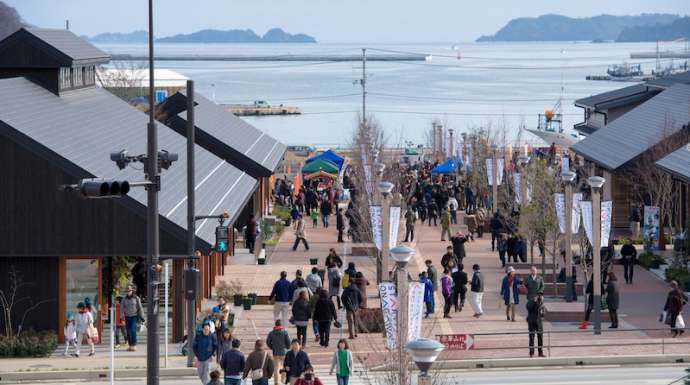
—What was it about Ishinomaki and Onagawa that inspired you to explore more of Japan away from the tourist trail?
Mr. Chia: When I first came to Japan in 2008 as a college student, I travelled around the country whenever I had holidays and have now been to all of Japan’s 47 prefectures. Initially, I only went to the main tourist attractions and famous spots—and I was happy with that—but visiting Ishinomaki in 2011 was the first time I went to a non-tourist place and actually talked to locals.
I guess in one aspect I realized then, even though it was a disaster zone, that the local charm of any place lies in the locals, not just in buying souvenirs and taking pictures of tourist attractions. In places like Ishinomaki and Onagawa you experience the real Japan.
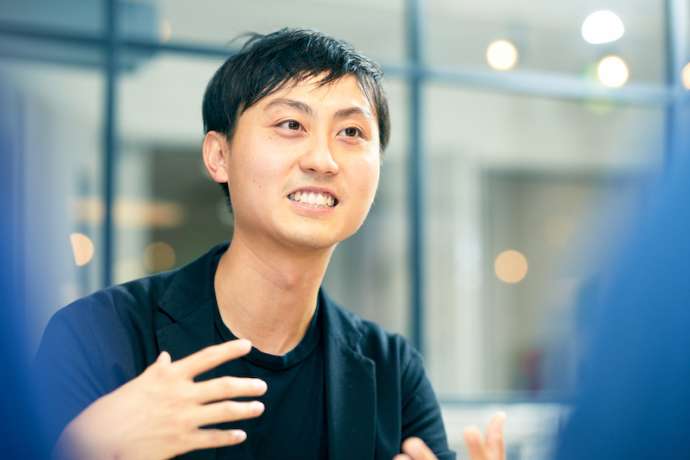
—Thinking of the area’s rebuilding efforts, has anything been created that will help attract travelers?
Mr. Chia: We now have an international art festival called the Reborn-Art Festival in Ishinomaki and the Oshika Peninsula, and because of that we have a few more international artists and visitors. It’s been held every two years since 2017 in August and September and it combines art, food and music.
For the 2019 festival, the slogan was “Texture of Life,” and they were trying to have people experience the 2011 disaster in an artistic way. For example, with an art installation project called “Peach Beach, Summer School” artist Tohru Nakazaki used a school abandoned after the disaster to display art works that represented the voices of the people who used to be there.
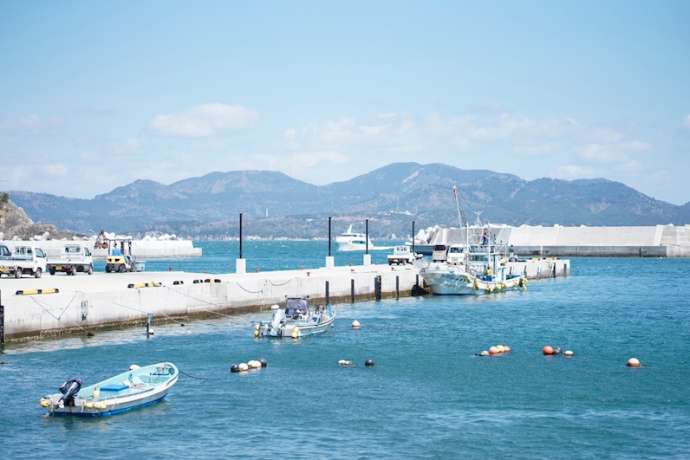
©Reborn-Art Festival
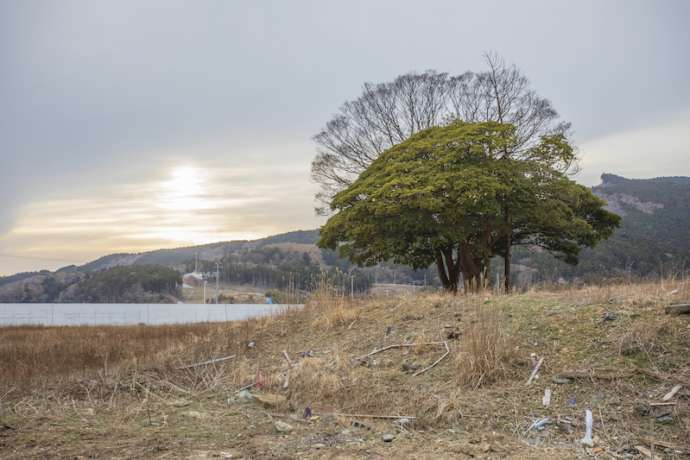
©Reborn-Art Festival
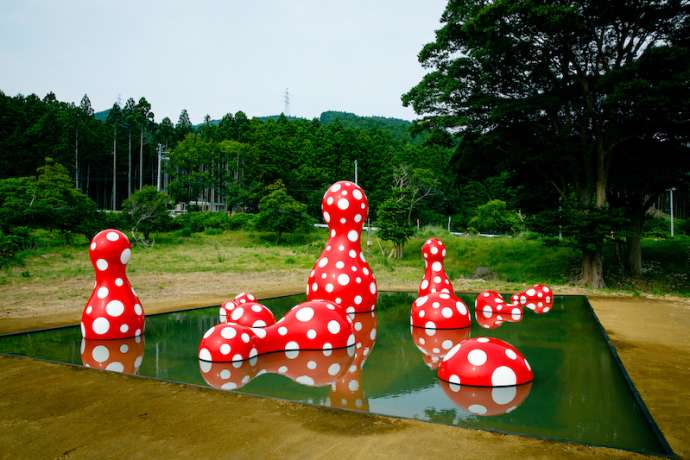
An installation by Yayoi Kusama (©Reborn-Art Festival)
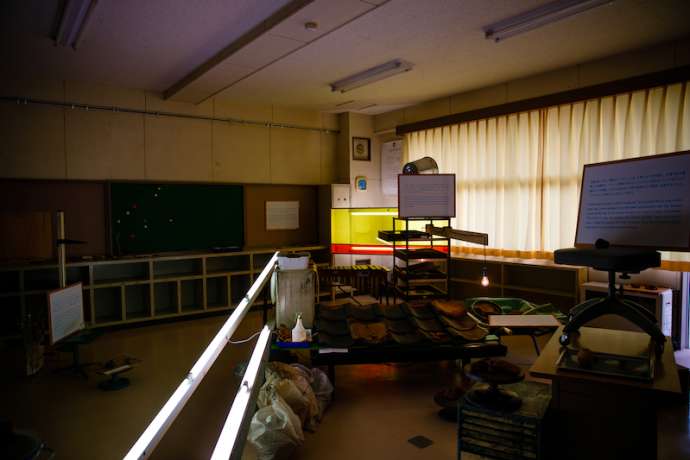
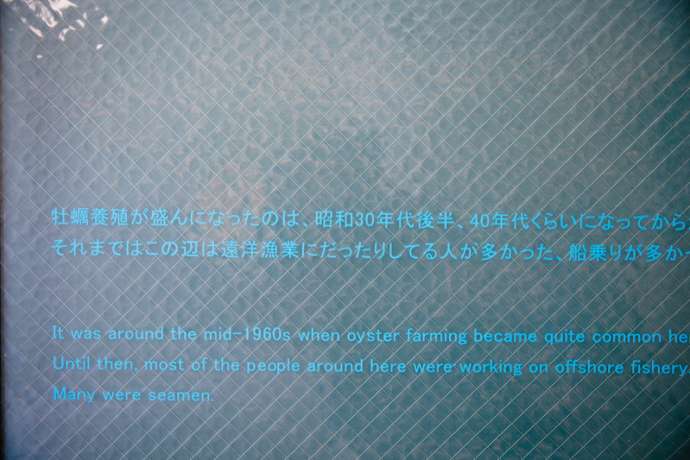
“Peach Beach, Summer School” by Tohru Nakazaki (©Reborn-Art Festival)
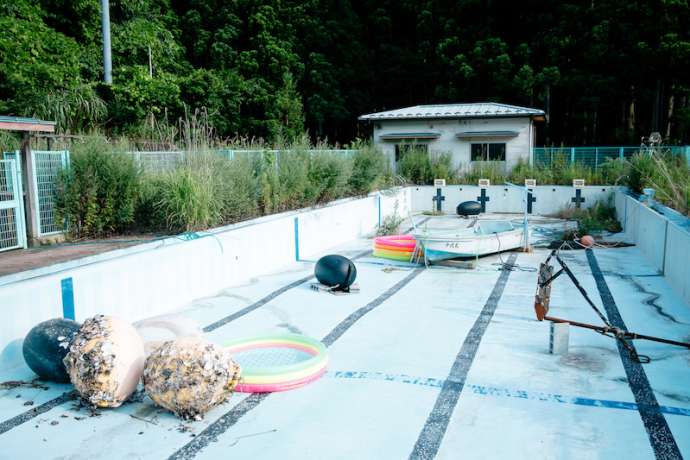
“Peach Beach, Summer School” by Tohru Nakazaki (©Reborn-Art Festival)
The region has attractions in the mountains and on the coast.
—What else do Ishinomaki and Onagawa offer travelers?
Mr. Chia: I think if you like nature and outdoor activities, you’ll love the region. Through Soraumi Cycling, you can go on guided cycling tours where you get to meet locals, eat local seafood and enjoy the scenery. There’s also a new coastal trail that runs from Aomori Prefecture down to Fukushima Prefecture called the Michinoku Coastal Trail, which is a good example of ecotourism.
South of Ishinomaki and Onagawa, the Oshika Peninsula also has a lot to offer; if you like trekking, the whole the peninsula is mountainous and very wild. I think it’d be great to camp there in summer. Closer to Ishinomaki, at Hamaguri Hama Beach, they have marine activities like stand-up paddle surfing and sea kayaking. It isn’t extreme, so that would be good for families.
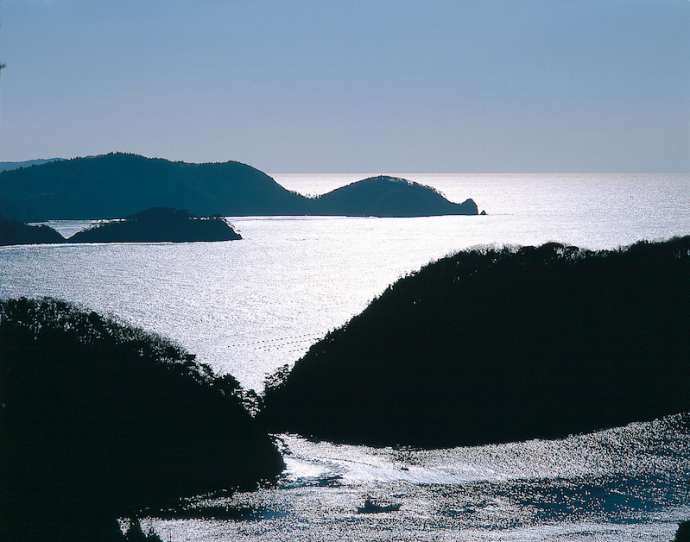
Oshika Peninsula (©Miyagi Prefecture Tourism Department)
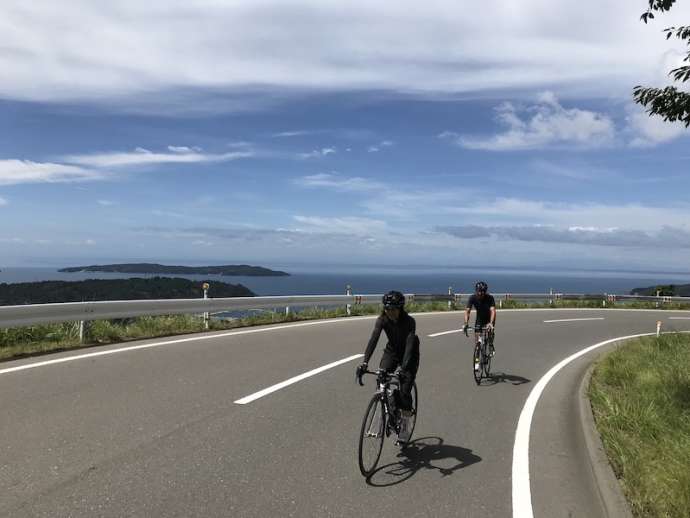
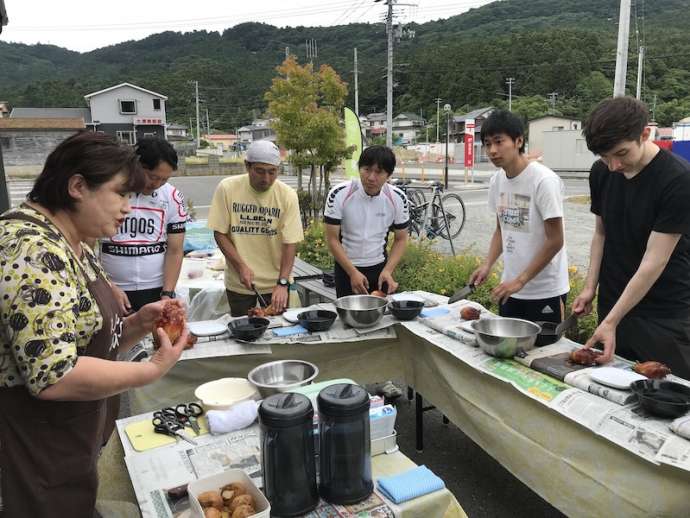
Soraumi cycling
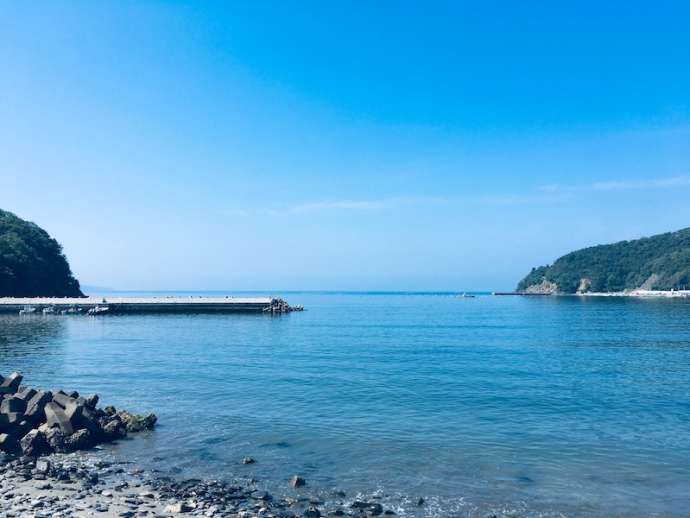
Hamaguri Hama Beach
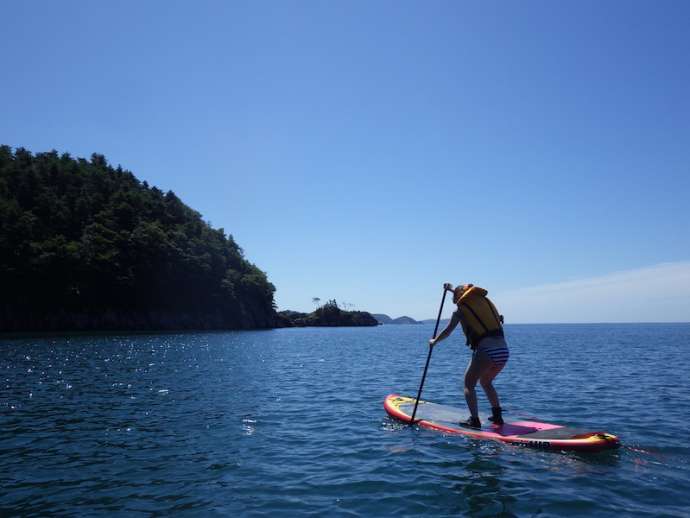
—What regional food should travelers try in Ishinomaki and Onagawa?
Mr. Chia: The seafood in Ishinomaki and Onagawa is amazing. The Sanriku coast is one of the three biggest fishing grounds in the world, so they have all sorts of fish and seafood. In summer, Ishinomaki has wakame (seaweed) shabu shabu, which is a kind of hot pot dish, and hoya (sea pineapple). In autumn, or late summer, the oysters are amazing, too. When the fishermen aren’t too busy, travelers can go out on fishing boats, through an organization called Fisherman Japan, to see how the oysters are bred and try them fresh on the boat.
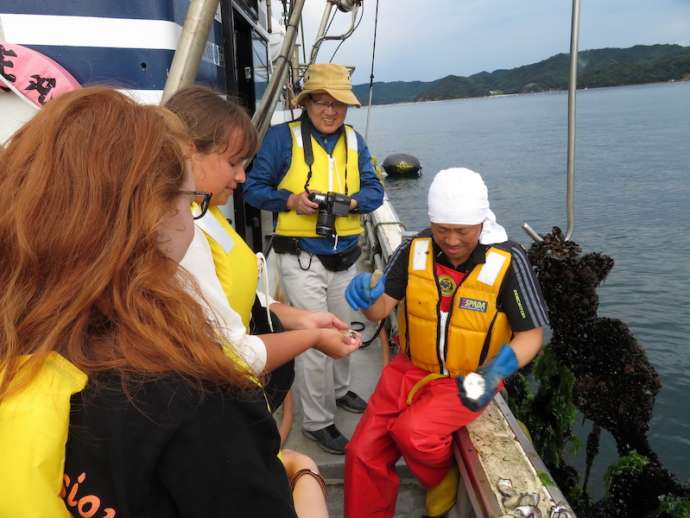
—Do you have any favorite restaurants there?
Mr. Chia: One I like in Ishinomaki is Imamura. The owner moved in after the disaster and he deals directly with the fishermen and farmers. In Onagawa, there’s a small seafood restaurant called Okasei where they serve Onagawa-don, a rice bowl topped with 12 types of sashimi. It’s only 1,200 yen. It’s really cheap and really good.
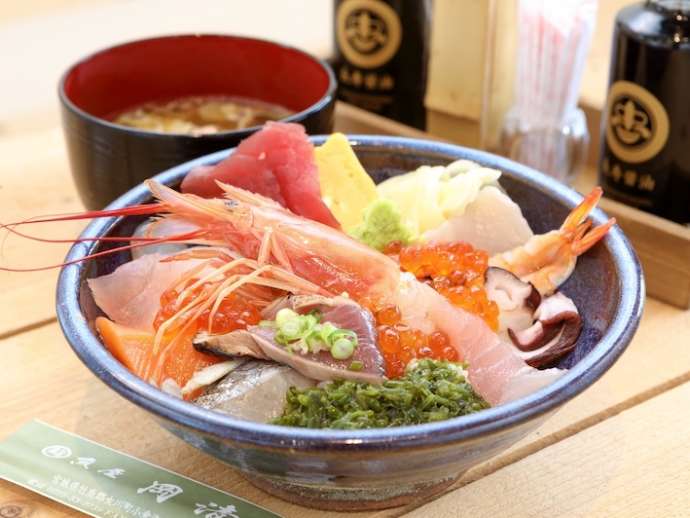
—Is there anything you would recommend eating beyond the seafood?
Mr. Chia: Onagawa has a ramen shop called Yume Wo Katare (which means “talk about your dream”). It’s a very interesting concept. There is only one thing on the menu—really good ramen—and you can choose to pay forward to the next person. It’s a gift economy, originally for people in poverty. Anyone can come and get a bowl of ramen free, paid by a previous customer, the only requirement is that they have to talk about their dreams. The ramen is amazing; the portion is huge.
There’s also a cluster of food trucks in Ishinomaki, called Common-Ship, that encourages young people to start their own food businesses. There’s an organic truck there and a great Ishinomaki yakisoba (fried noodles) truck, and I really like the atmosphere.
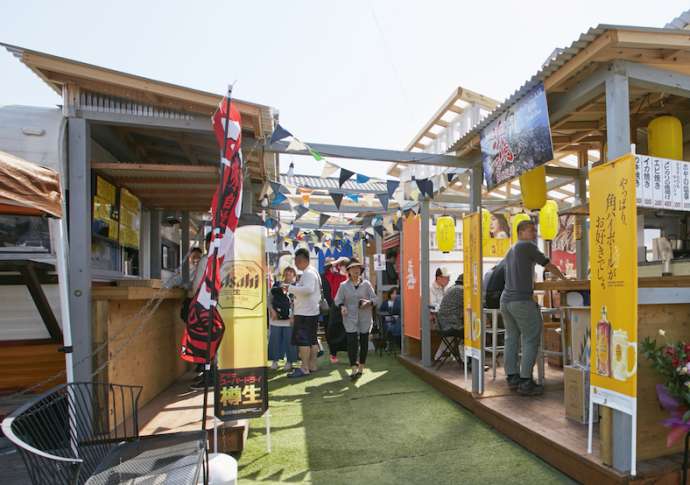
Common-Ship (©FURUSATO HIROMI)
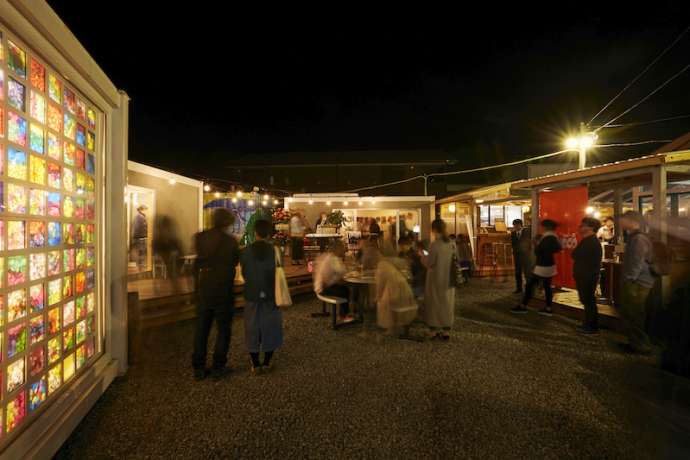
What are some local phrases worth remembering before visiting there?
—What kind of accommodation is there for travelers in the area?
Central Ishinomaki has lots of modern hotels, so it’s a good base for exploring the area, or there are minshuku (small, family-run Japanese-style bed and breakfast) around the Oshika Peninsula. That’s a great way to meet locals and have an authentic Japanese experience, but many don’t have websites and can’t be booked online.
There’s a new guest house I like called Active Life Yado, though it’s not easy to get to without a car. You can do canoeing, stand-up paddling and other activities there.
—You speak Japanese fluently. Are there any useful phrases you think travelers to Ishinomaki and Onagawa could try and learn for their trip?
Mr. Chia: It would be nice if travelers learned a few words. You could try some Ishinomaki-ben, which is a kind of dialect in the region. People in Ishinomaki say oban desu instead of konbanwa for good evening. Gozain is used for irasshai (welcome) and un da instead of sou da (that’s right).
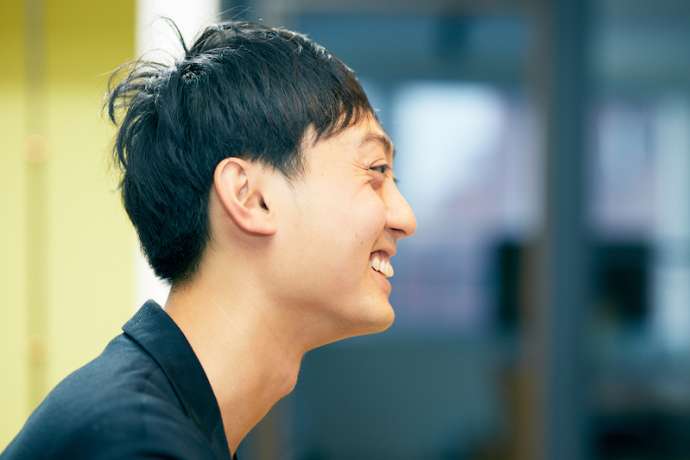
—Do you have any tips for travelers on how to get the most out of a trip to Ishinomaki and Onagawa?
Mr. Chia: There’s a place in Ishinomaki called Irori. It’s a community and co-working space, but a café as well. They call themselves “the lobby of Ishinomaki”, and I always go there when I’m in Ishinomaki.
They are well connected to everyone else in Ishinomaki. So, if you want to go fishing, they can give you tips on how to do it. If you want to go to the Oshika Peninsula, they’ll tell you which bus to take. It’s open daily from 10am to 6pm, and the staff is very friendly and welcoming. They have free Wi-Fi and pamphlets in English, too.
Information
|
Miyagi | Travel Japan | JNTO |
|
Reborn-Art Festival |
|
Soraumi Cycling |
| https://www.i-kanko.com/english/ |
|
Hamaguri Hama Beach |
|
Fisherman Japan |
|
Imamura |
|
Address: 2-7-2 Chuo, Ishinomaki, Miyagi
|
|
Okasei |
|
Address: Seapal Pier Onagawa, 1-4 Ohara, Onagawahama, Onagawa-cho, Oshika-gun, Miyagi |
|
Yume Wo Katare |
|
Address: Seapal Pier Onagawa, 1-4 Ohara, Onagawahama, Onagawa-cho, Oshika-gun, Miyagi |
|
Common-Ship |
|
Address: 2-8-9 Chuo, Ishinomaki, Miyagi |
|
Active Life Yado |
|
Address: 47-1 Hamasonenoichi, Watanoha, Ishinomaki-shi, Miyagi |
|
Irori |
|
Address: 2-10-2 Chuo, Ishinomaki, Miyagi |




















































